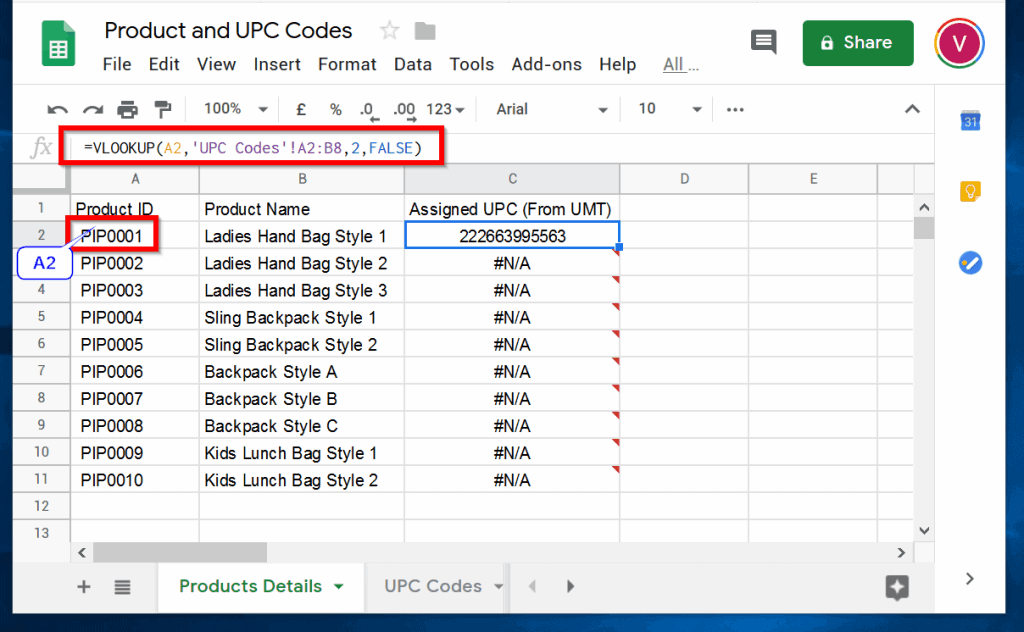
- USE GOOGLE SHEET WITH DSYNC HOW TO
- USE GOOGLE SHEET WITH DSYNC INSTALL
- USE GOOGLE SHEET WITH DSYNC FULL
- USE GOOGLE SHEET WITH DSYNC FREE
USE GOOGLE SHEET WITH DSYNC HOW TO
In the next section, we will see how to create one. If you don't have a Google Sheets application yet, stay with me. But if you want to use another scope, feel free! I'm providing this one to make sure the snippets below will work with your instance. Make sure that you've registered on the Google Cloud console the callback URL provided by Pizzly. If you already have them, fill in the form with your Client ID, Client Secret and the following scope. This is where you will save the credentials of your Google Sheets application. You should now see something similar to this: Open Dashboard > Add a new API > Google Sheets > Create your first configuration Here's a GIF with the different steps to follow: From your Pizzly instance, click on "Open the dashboard", then head to the Google Sheets API and click on "Create your first configuration". Now, let's configure your Google Sheets integration with Pizzly. You can learn more about each on the Pizzly wiki, but for now let's get back to connecting with Google Sheets.Ĭonfiguring the Google Sheets integration
USE GOOGLE SHEET WITH DSYNC FREE
We are goning to use Heroku for this example as it's a free and well-known solution.
USE GOOGLE SHEET WITH DSYNC INSTALL
This means you can install it on your machine or any platform-as-a-service. One of its power-features is that it totally handles the OAuth-dance (including the refresh token), meaning a developer can focus on requesting endpoints without spending hours on dealing with authentication. Pizzly aims to provide the best developer experience when using an OAuth-based API.

But Facebook, Twitter, or Google Sheets use OAuth. For example, Stripe or Google Maps use an API Key. When no user's data are involved, API keys are preferred as they are much easier to implement and use. But let's be honest: it's much more difficult for a developer to implement and use. One of the main reasons, I believe, is that OAuth provides the best user experience while being very secure. Most APIs now use the OAuth framework to authorize an application that wants to access some user's data. It provides everything a developer needs to make it easy to consume an OAuth-based API ( aka an API that uses OAuth as the authentication method). Pizzly is a self-hosted API integration toolkit.
USE GOOGLE SHEET WITH DSYNC FULL
You can see the full source code by opening the CodePen, but I'd like to focus on some key parts below to help you build your very own API integration.

Today, I'd like to show you how you can build your very own Google Sheets integration.Ĭlick on "Save to Google Sheets" to save the table in a new spreadsheet That part of the codebase was the foundation of what made "Push to GSheet" (as we called it) so easy to build and use. Recently, Bearer has decided to open-source a large part of its codebase into a GitHub repository codenamed Pizzly. Almost a thousand people have used it to send data with over 300K API requests in the last 30 days 😱 🚀

A few months ago, I wrote an article on how to send data to a Google spreadsheet in 2 seconds.


 0 kommentar(er)
0 kommentar(er)
